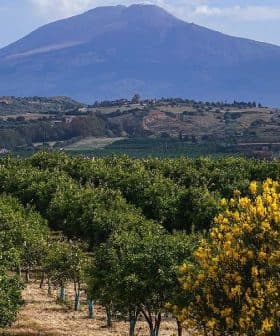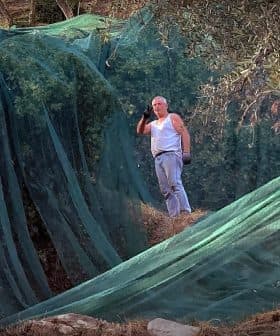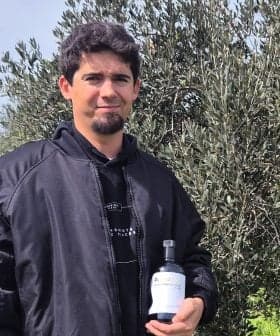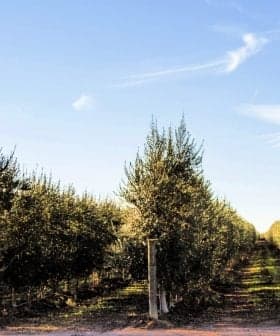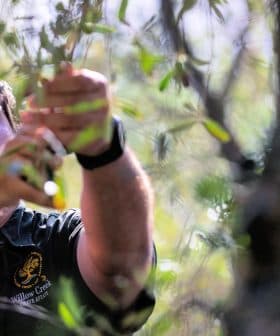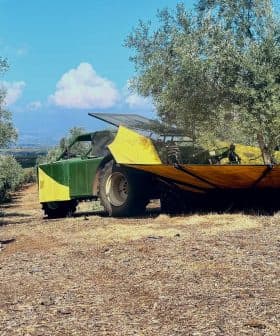How Cold Temperatures Can Help Olive Production
Very low temperatures and snow can have positive effects on olive trees by reducing the olive fruit fly population, containing fungal diseases and aerating the soil.
 5.4K reads
5.4K readsUnusually low temperatures and snow have affected olive oil production areas in Italy, Greece, and Croatia, with snowdrifts whitening Apulian olive groves at sea level. The cold weather can have positive effects on the development of olive trees, reducing the olive fruit fly population and containing fungi, but precautions must be taken to prevent damage to the trees.
Over the past month, olive oil production areas such as Italy, Greece and Croatia were affected by exceptionally low temperatures and snow at low altitudes. Apulian olive groves at sea level have been whitened by snowdrifts for days.
An undoubted advantage of low temperatures and snow is the reduction of the olive fruit fly population.
Italy registered unusually severe winters in 1929, 1956 and 1985 that caused damage to the olive sector and agriculture generally. The cold can affect the wood of olive tree if the minimum temperature drops below ‑7°C (19.4°F) for 8 – 10 days, and cause irreparable harm to the canopy and trunk if they fall below ‑10/-12°C (14/10.4°F) in a few hours.
In broad terms, it is preferable to choose native varieties for their ability to adapt to soil and weather conditions in their region of origin, and a few days under the snow can have positive effects on the development of an olive tree and its production. It is not without reason that an old rural Italian proverb says in rhyme, Sotto la pioggia, fame; sotto la neve, pane, which means “Under water, famine; under snow, bread.”
“This winter was generally very cold with widespread frosts and snowfalls in large areas of the country,” said Nicolangelo Marsicani, an experienced olive grower from Campania which manages 6,000 olive trees in Sicilì di Morigerati, located in the National Park of Cilento, Vallo di Diano and Alburni.
“The cold is critical to allow a period of vegetative rest and positively impact the development of the olive tree. Alongside fewer daylight hours and less time for photosynthesis, the period of dormancy due to low temperatures promotes flowering.” In fact, last winter in Italy temperatures did not decrease enough in several areas, and this was blamed for a drop in production.
“An undoubted advantage of low temperatures and snow is the reduction of the olive fruit fly population,” Marsicani observed. In late fall and winter, most of the last generation’s larvae leave the olive and pupate in the soil; their vitality is undermined at around 0°C (32°F) and a high mortality rate can be registered if temperatures drop below ‑5/-6°C (23/21,2°F) for some days, especially for those lying in the top layers.
A further benefit given by cold weather is the containment of fungi. “Diseases such as Peacock spot, which is caused by the Spilocaea oleaginea, are often overlooked,” our farmer considered. “However, when damaged leaves fall, the decreased photosynthetic surface will affect development and production. The cold is a good ally in preventing the spread of this kind of disease.”
Moreover, the expansion of water upon freezing (by approximately 9 percent) causes microcracks which aerate the soil just like it was tilled. If frost lasts for several days and the process of thawing is slow, this will provide a good water reserve, without runoff of organic substance.
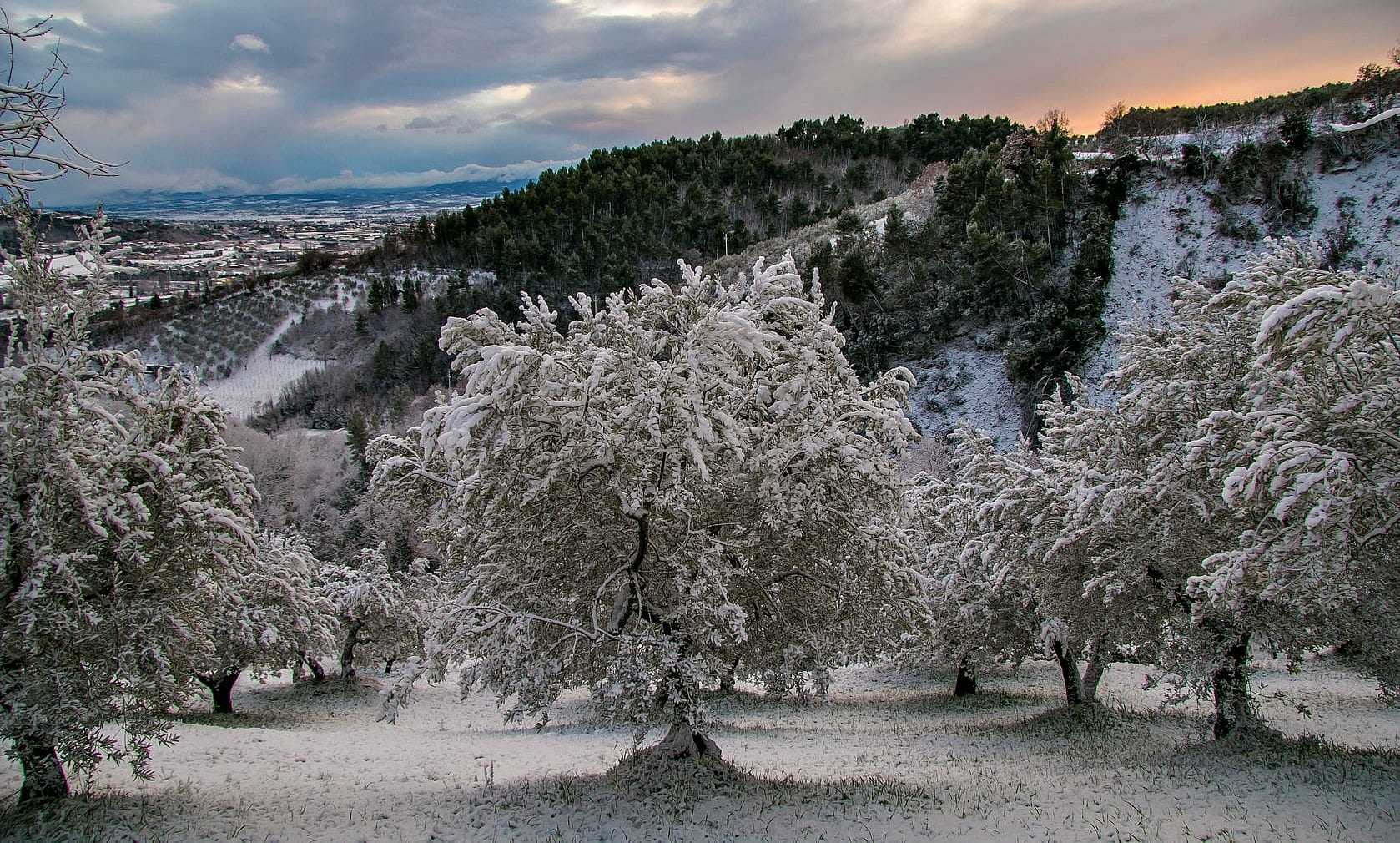
“In any case, we must be careful that too much snow does not overburden the secondary branches since fractures can facilitate the penetration of Pseudomonas savastanoi in more susceptible varieties,” Marsicani concluded.
As soon as temperatures go back to normal and the ground and the olive trees are dry, we can return to the olive grove and start again with the appropriate agricultural practices like pruning.


